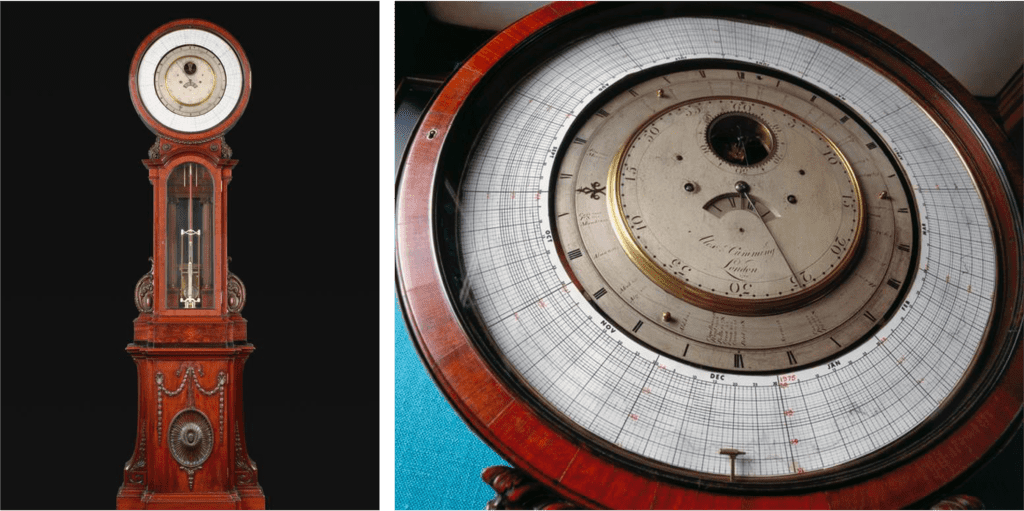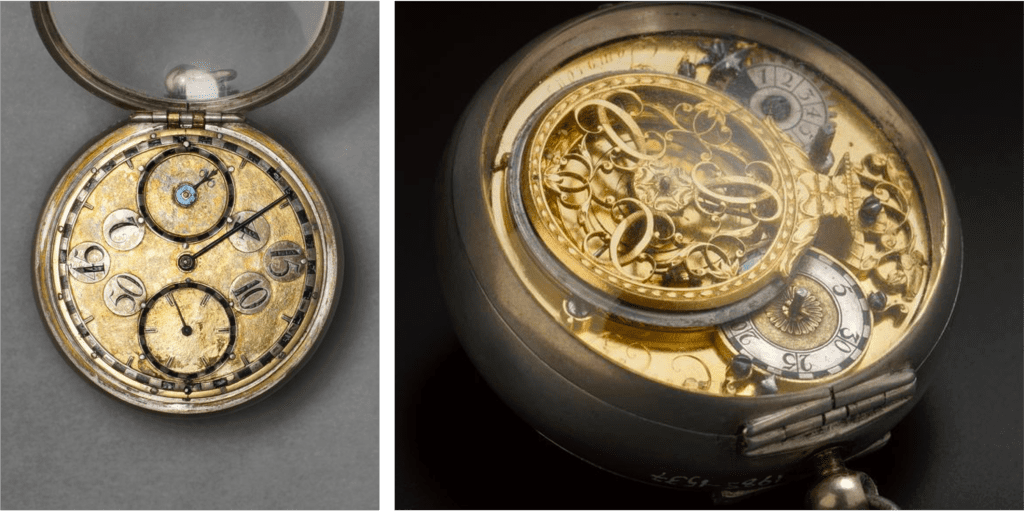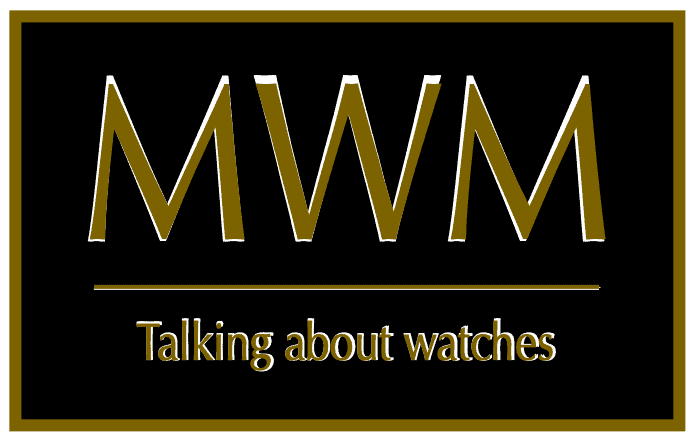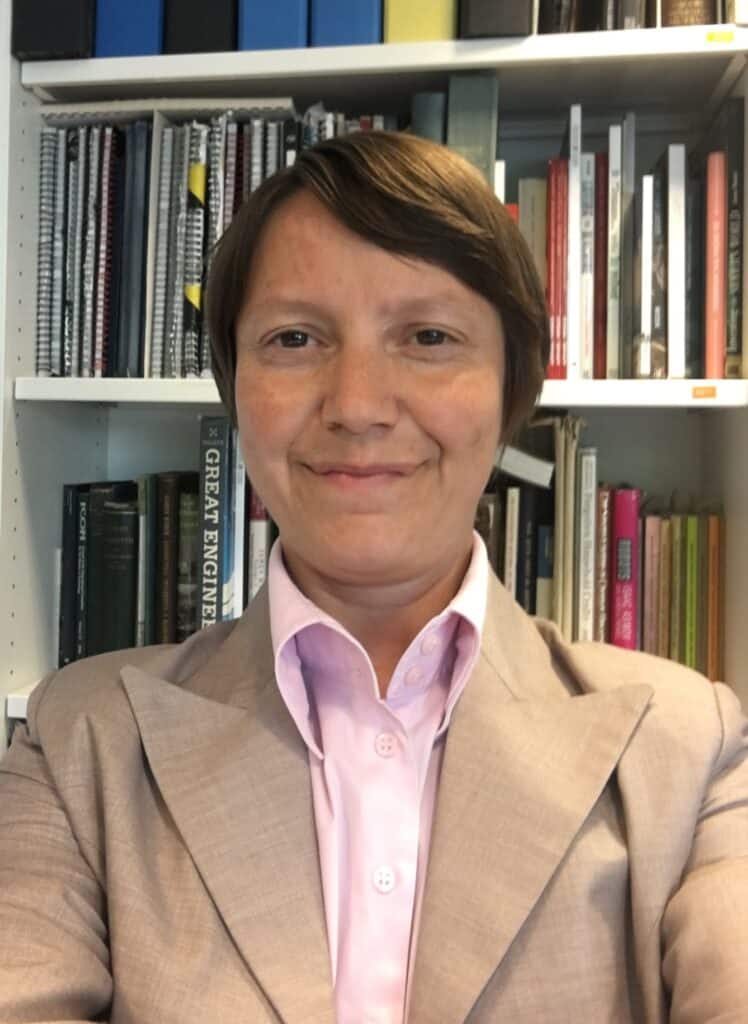Dr Jane Desborough is the Keeper of Science Collections at the Science Museum in London.
Jane is responsible for the Science Museum’s Time Measurement Collection. She is author of The Changing Face of Early Modern Time, 1550-1770, which explores the changing use of clocks and watches offering new insights into early perceptions of time and its practical use.
MWM: Where does your interest in clocks and watches originate from?
While working at the British Museum years ago, I spent months cataloguing clocks & watches and became fascinated by their dials and how they changed over time. This ignited a passion for the history of horology which has genuinely enriched my life.
MWM: Can you tell us what are the primary aspects of your role being the Keeper of Science Collections at the Science Museum?
Managing a team of 8 curators in the Science Team – supporting them on the various gallery and exhibition projects they’re working on. Curating the Science Museum’s own Time Measurement collection, which is distinct from that of the Clockmakers’ Company Collection, and seeking ways to develop it and engage people with our existing holdings. In 2024 we will officially open our new storage and research facility, the National Collections Centre, in Wroughton. I’m really looking forward to welcoming study visits from horological groups and independent researchers to reconnect with our remarkable horology collection.
MWM: Typically, what does your working day involve?
Meetings, meetings, and more meetings! While this is mostly the reality of my working day, my job is extremely varied. On any one day, I might be winding the Wells Cathedral Clock (made in 1392) first thing in the morning, hopping into a meeting about an exhibition on contemporary science that is opening in two years’ time, catching up on reading over lunch, reviewing project documents immediately afterwards and then travelling to an external meeting in the afternoon. No two days are exactly the same and I love it!
MWM: What are you currently working on?
One of the things I’m working on at the moment is setting up a research network to discuss an idea for a new gallery in which we hope to recreate several scientific workspaces. Our research group will be an interdisciplinary one aimed at interrogating what we mean by ‘science’ and ‘workspace’. We take these terms for granted, but they are open to broader interpretation, allowing us to tell richer stories.
MWM: In your opinion, which period of English Watch and Clock making is the best time and why?
A very difficult question! I really like the period either side of the introduction of the pendulum (1657) and the balance spring (1675) – reading about different people’s reactions to those developments is fascinating. We take for granted that both of these were extremely positive, but from a user’s perspective they meant change and, not unlike today, people do not always welcome change when it first happens.
MWM: If you had to choose a particular favourite watch and clock in the museum, which would they be?
A Thomas Tompion watch with experimental dial and Dover Castle clock. It’s difficult to choose and my answer to this question probably varies from day to day, but this morning I would say that it would have to be the Cumming barograph clock and Thomas Tompion’s early balance spring watch.


MWM: What should we look forward to seeing at the Science Museum in the future with regards to clocks and watches?
I can’t say too much at the moment, but watch this space for news of some exciting upcoming displays of clocks and watches at the Science Museum in 2023!
Dr Jane Desborough is a Friend Of MrWatchMaster.

